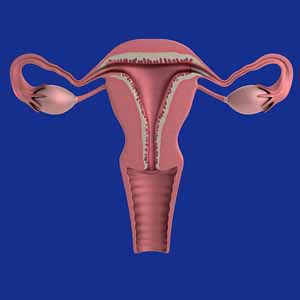Urinary tract infections in the intradetrusor onabotulinumtoxinA population

Submitted: 28 January 2023
Accepted: 27 March 2023
Published: 17 April 2023
Accepted: 27 March 2023
Abstract Views: 805
PDF: 194
Publisher's note
All claims expressed in this article are solely those of the authors and do not necessarily represent those of their affiliated organizations, or those of the publisher, the editors and the reviewers. Any product that may be evaluated in this article or claim that may be made by its manufacturer is not guaranteed or endorsed by the publisher.
All claims expressed in this article are solely those of the authors and do not necessarily represent those of their affiliated organizations, or those of the publisher, the editors and the reviewers. Any product that may be evaluated in this article or claim that may be made by its manufacturer is not guaranteed or endorsed by the publisher.
Similar Articles
- Colin Walsh, Wendy Allen, Katrina Parkin, Chinmoy Mukerjee, Kate Moore, Low-count bacteriuria in refractory idiopathic detrusor overactivity versus controls , Urogynaecologia: Vol. 25 No. 1 (2011)
- Dorota Borawski, Martin H. Bluth, Wellman W. Cheung, Prevalence of urinary incontinence and other lower tract urinary symptoms in patients with uterine myomas , Urogynaecologia: Vol. 25 No. 1 (2011)
- Jan Groen, Wouter J.C. Marchand, Bertil F.M. Blok, Gert R. Dohle, Low dose intradetrusor injections of onabotulinumtoxinA in women with overactive bladder symptoms or the painful bladder syndrome: unfavorable balance between clinical efficacy and the need for catheterization , Urogynaecologia: Vol. 26 No. 1 (2012)
- Nisarath Soontrapa, Sukree Soontrapa, Srinaree Kaewrudee, Woraluk Somboonporn, Chuanchom Sakondhavat, Urogenital symptoms in postmenopausal women: a hospital-based prevalence study , Urogynaecologia: Vol. 25 No. 1 (2011)
- Chukwudi O. Okorie, Acute urinary retention in early pregnancy: how far should the investigation go? , Urogynaecologia: Vol. 26 No. 1 (2012)
- A. BERNABEI, Va. TROTTA, Vi. TROTTA, Epidemiological study of female urinary incontinence in the province of Siena, Italy , Urogynaecologia: Vol. 14 No. 2 (2000)
- Chendrimada Madhu, Penelope Harber, David Holmes, Unexpected benefits and potential therapeutic opportunities of tension free vaginal tape for stress urinary incontinence , Urogynaecologia: Vol. 27 No. 1 (2013)
- F. Leanza, G. Bianca, G. Cinquerrui, S. Caschetto, Lesions of the urinary organs during abdominal and vaginal hysterectomy , Urogynaecologia: Vol. 15 No. 2 (2001)
- N. SEBASTIO, M. SIMONAZZI, E. FERRI, S. MELI, P. SALSI, P. CORTELLINI, Profile of the urethral transmission pressure in patients undergoing tension-free vaginal tape (T.V.T.) , Urogynaecologia: Vol. 14 No. 1 (2000)
- Etim I. Ekanem, Mabel I. Ekott, John E. Ekabua, Thomas U. Agan, Atta Inyang-Otu, Outcome of management of obstetric genito-urinary fistulae in the general hospital, Ikot Ekpene, Akwa Ibom state, Nigeria , Urogynaecologia: Vol. 24 No. 2-3 (2010)
You may also start an advanced similarity search for this article.

 https://doi.org/10.4081/uij.2023.304
https://doi.org/10.4081/uij.2023.304




